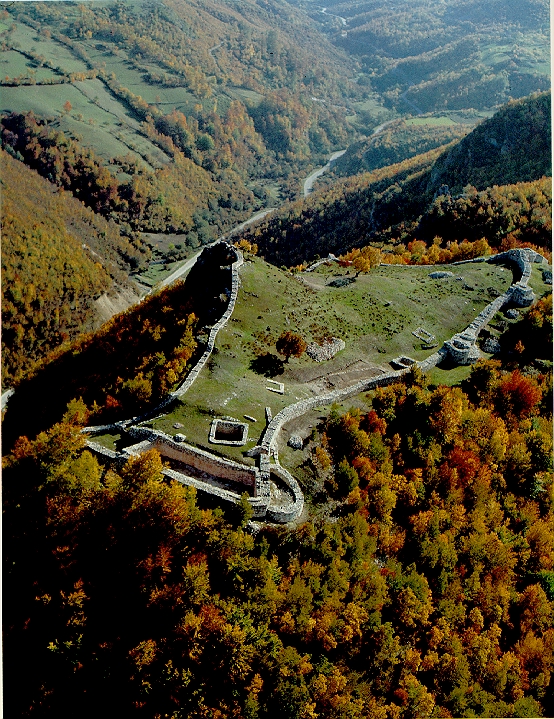|
Tara (župa)
Tara ( sr-cyr, Тара) was a ''župa'' (county) of the medieval Serbian state, including the valley of the Tara river (now in northern Montenegro). It included area on both sides of the river, where the valley becomes steeper and more rugged. The county included the settlement of Premćani. The toponym, of non-Slavic etymology, was possibly mentioned since the 12th century, surely since the mid-13th century. The mining town of Brskovo was nearby. The monastery of Dovolja in Premćani is believed to have been built by Serbian king Stefan Milutin (r. 1282–1321) in the late 13th century. The Kriči The Kriči ( sr-cyr, Кричи, ) were an Albanian tribe that inhabited the region around the Tara river, roughly corresponding to the modern region of Mojkovac. Under similar names, the ''Kriči'' have been periodically mentioned in historical ... tribe presumably inhabited the county. References Sources * * {{DEFAULTSORT:Tara (zupa) Subdivisions of Serbia in the Middle Ages M ... [...More Info...] [...Related Items...] OR: [Wikipedia] [Google] [Baidu] |
župa
A župa, or zhupa, is a historical type of administrative division in Southeast Europe and Central Europe, that originated in medieval South Slavs, South Slavic culture, commonly translated as "county" or "parish". It was mentioned for the first time in the eighth century and was initially used by the South Slavs, South and West Slavs, denoting various territorial units of which the leader was the župan. In modern Serbo-Croatian, the term also refers to an ecclesiastical parish, in Slovene language, Slovene likewise for ''župnija'', while the related ''županija'' is used in Croatia for lower administrative subdivisions, and likewise by Croats from Bosnia and Herzegovina (as a synonym for ''kanton''). Etymology The word ''župa'' or ' (Slovak language, Slovak and Czech language, Czech: ; Polish language, Polish: ; Serbo-Croatian and Bulgarian language, Bulgarian: ; adopted into and rendered in Greek language, Greek as (, "land ruled by a župan")), is derived from Slavic lang ... [...More Info...] [...Related Items...] OR: [Wikipedia] [Google] [Baidu] |
Medieval Serbian State
The medieval period in the history of Serbia began in the 6th century with the Slavic migrations to Southeastern Europe, and lasted until the Ottoman Serbia, Ottoman conquest of Serbian lands in the second half of the 15th century. The period is also extended to 1537, when Pavle Bakić, the last titular Despot of Serbia in Hungarian exile, fell in the Battle of Gorjani. At the time of settling, Serbs were already transitioning from a tribal community into a feudal society. The first Serbian state with established political identity was founded by prince Vlastimir in the mid-9th century. It was followed by other Serbian proto states, unstable due to the constant clashes with the First Bulgarian Empire, Bulgarians, Principality of Hungary, Hungarians and Byzantine Empire, Byzantines, and by the conflict between Catholic Church, Rome and Ecumenical Patriarchate of Constantinople, Constantinople regarding the Christianization of Serbs, Christianization with the Byzantines getting th ... [...More Info...] [...Related Items...] OR: [Wikipedia] [Google] [Baidu] |
